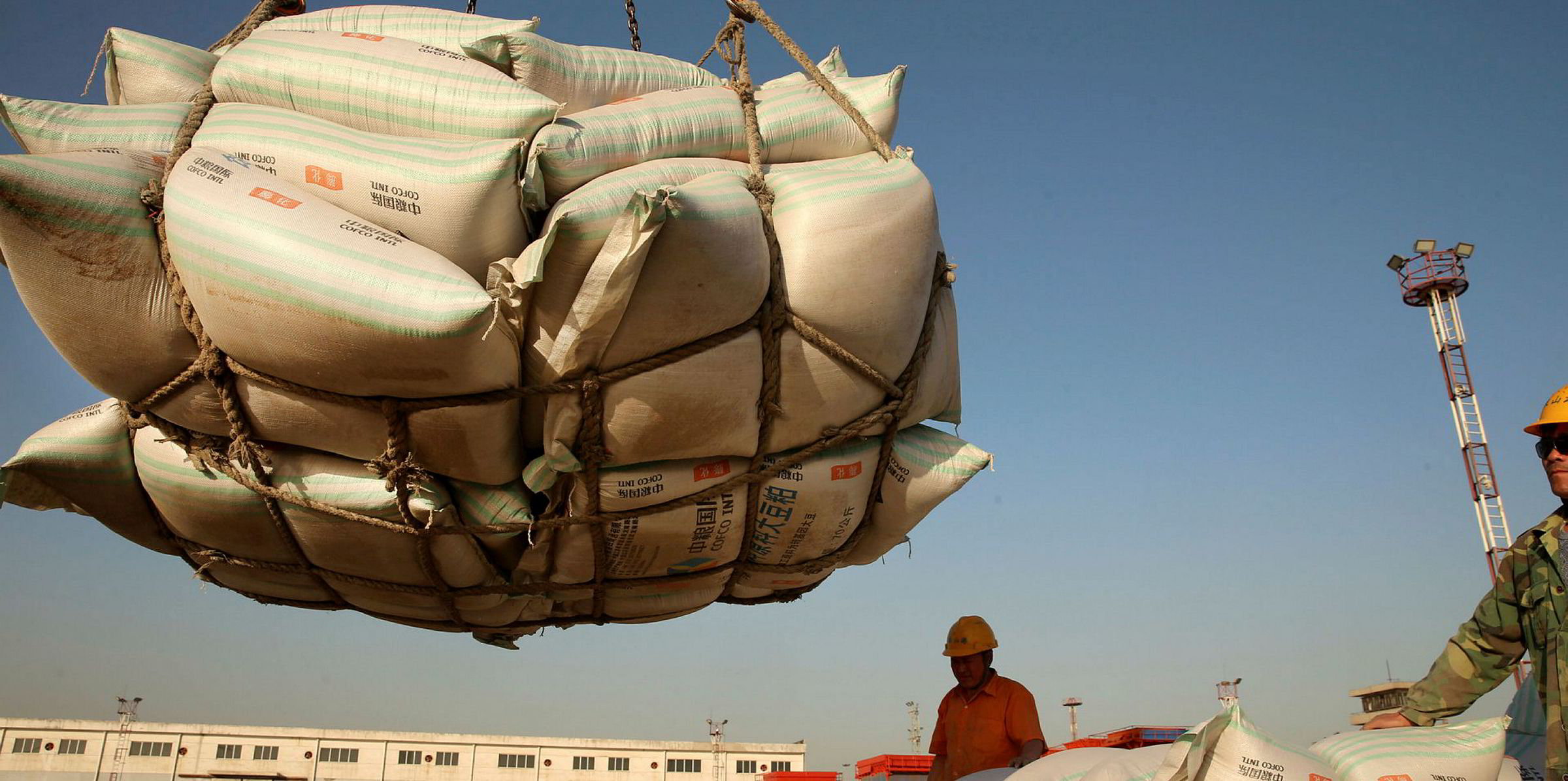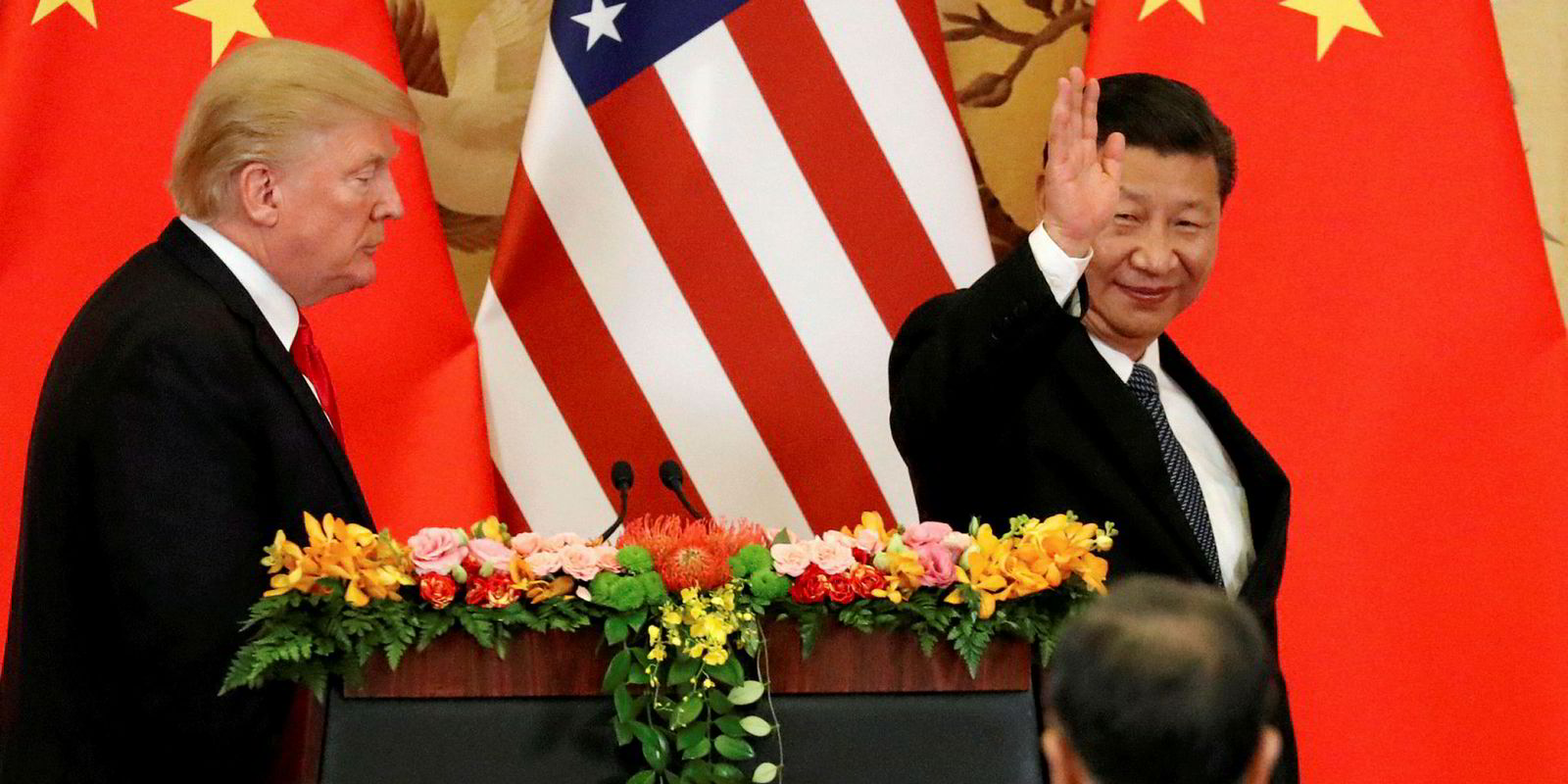Chinese tariffs on US soybean imports have created new and unusual trades with alternative export markets opening up, Braemar ACM says.
Beijing slapped a 25% tariff in US soybeans in July, leading what was the second largest soybean trade last year to grind to a halt.
As a result China has flipped its attention to Brazil, where it has displaced other buyers from the market, the shipbroker explains.
With China reluctant to take US crops, soybean shipments from Brazil to China climbed to 16.6 million tons in the third quarter, a 40% jump year-on-year, according to Braemar ACM.
This switch has created additional demand for geared tonnage in South America.
The third quarter saw an average of 35 geared ships queuing off Brazil’s grain ports between July and September, up from 17 on a year-on-year basis. A similar pattern was seen off Argentina, the brokerage says.
“With more ships at anchorage than usual, the tightening in supply may be contributing to the gains in handymax and supramax rates seen since July,” it said.
“For the handysizes in particular, we can see that the 38,000 dwt routes relating to South American exports have outperformed the time charter average for the vessel class.”
With China off the menu, US soybeans are increasingly heading to Europe, with a drought on the continent assisting import demand.
“While it has created a home for some US soybeans this season, it may be a limited source of demand in the longer-term,” Braemar ACM said.
Taiwan and Mexico have also stepped in for US crops, attracted by lower prices. Korea and Japan are also taking more from the US since the tariffs, the brokerage notes.
Longer term, if tariffs stay in place, US farmers may be forced to cut production, while South Americans will be tempted to plant more, which could push up the cost of other commodities.
“We may see a scenario where Brazil exports more soybeans at the expense of corn, while the US does the reverse, leading to a minimal effect on overall demand for dry bulk tonnage,” Braemar ACM said.
“If, however, we see the trend of South American countries maximising exports of their soybeans while importing cheaper US beans cement itself, the impact on ship demand becomes more nuanced.
“It is possible that this will lead to a boost in overall demand for bulkers as the continent expands both its soybean imports and exports.”







